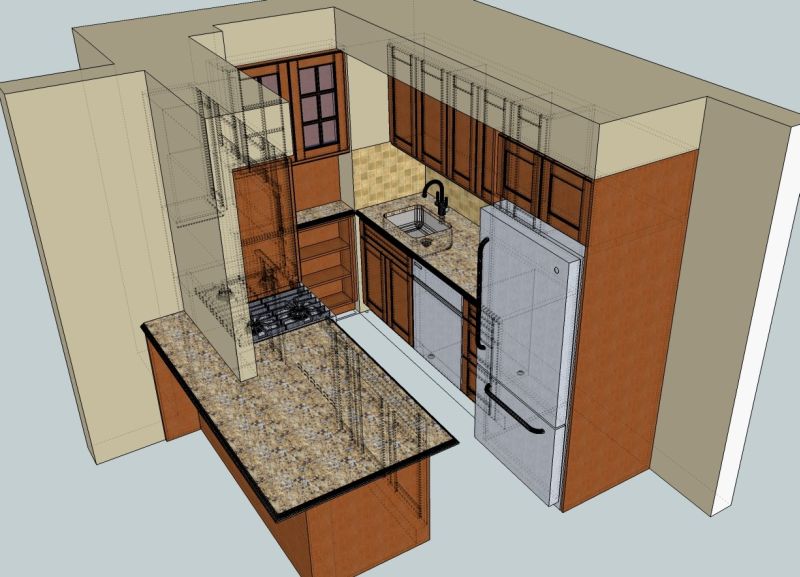Bit Choice and Dust Control when Cutting MDF
Tips on how to keep dust from packing into the cutlines when machining MDF on a CNC router. February 28, 2012
Question
I'm cutting 3/4" MDF with a 3/8" mortise compression bit and the dust is just packing into the cutlines. My dust collector has worked fine cutting melamine and the plywood is leaving very little dust on the table, but the MDF dust is a different story. My next step is to try just a regular compression bit, not mortise compression, but I'm open to suggestions.
Forum Responses
(CNC Forum)
From the original questioner:
I should add that I'm using a 2 flute bit, cutting at 480 IPM, 14K RPM.
From contributor D:
Have you tried an upcut bit?
From contributor E:
Why are you using a mortise bit? There's no reason to. You should be able to get a comp bit that has 10-12mm up-shear.
From contributor M:
The Onsrud standard compression bits have a little less upcut than the Vortex, but they are pretty close. No matter how good the vacuum is it will never suck all of this out of the kerf. To evacuate the kerf one possibility is a full pass with a compression bit and then use a full up-shear say three tenths of a mm away to evacuate the dust. Itís simple and very effective, but takes a little more time. Itís worth it many situations as the MDF dust is really bad for you and your shopmates.
Some machines have an air blast to help evacuate the kerf. Other people use a special fan like bit holder that sucks dust from the kerf, great if you cut a lot of sheets all the same material every day, though if you use many different materials in the course of a day this is more difficult to manage effectively, and they are pretty expensive to run.
From contributor O:
I have been wondering if an air wiper would work for this. An air wiper is a special nozzle that creates a circle of air for drying tubing, etc. One of these on the spindle would allow a blast of air into the kerf no matter what the orientation (a problem with direct nozzles). It would (should) also help contain the flying chips and dust since the air blast would force them down rather than let them fly sideways.
From contributor S:
We cut MDF all day every day, and we use a 3/8 endmill meant for milling steel. They only come as an up-shear and they have cutters on the bottom, not two points that just get dull when plunging. They also usually don't cost as much as the wood bits. I think we pay $23.00 per bit. We have found that the coated carbide last the longest. It doesn't deal with all the saw dust, but certainly most of it.
From the original questioner:
The up-shear cuts the topside? No blow-out?
From contributor S:
If your bit is getting a little dull it will sometimes leave a little bit of a rough edge, which comes off with a quick swipe of sandpaper. It never blows out like you would think. I have been using endmills for maybe 12 years. I wouldn't use the endmills for other products but on MDF it works great.
From contributor G:
To stop making dust reduce your RPMís. We build a tool that has a .400 up-shear. Some have a .700 up-shear. We have found out most firms also will cut from .500 material to 1" with the same tool. The .400 allows this. If you are not doing a dado cut with the tool go longer with the up-shear and again slow your RPMís.
